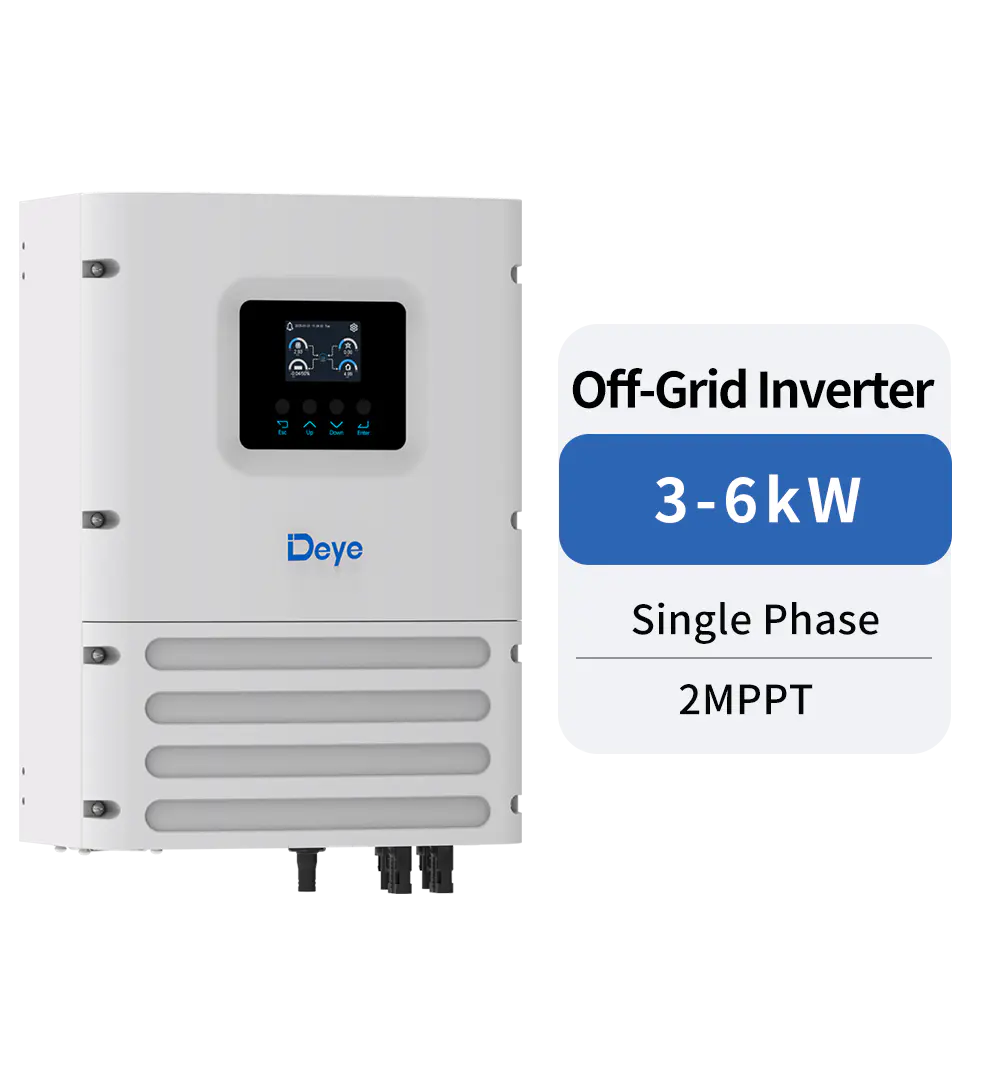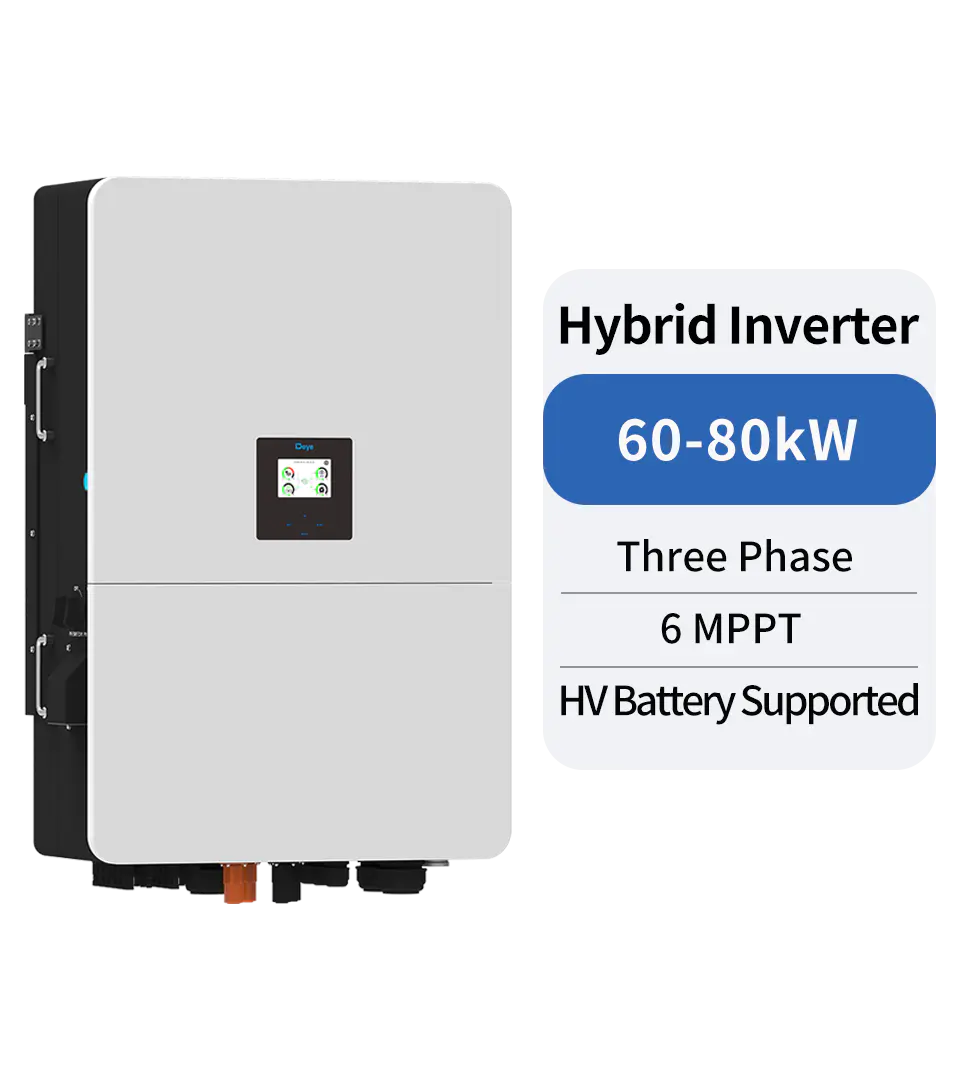Technical Topics
Micro-Inverter Guide for the Home
A solar micro-inverter is a simple plug-and Play device especially used in photovoltaic, which converts DC produced by a single photovoltaic module into alternating current (AC.) Micro-inverters also known as PV inverters, are compact and very easy to install in residential as well as commercial photovoltaic systems. The installation of solar micro-inverters is a simple task because they have been designed to eliminate the need for complex wiring, soldering equipment. Micro-inverters are compact in size and require little power to run, thus making them economic energy savers. In addition, they are user friendly and can be operated with one or two wires.
Solar micro-inverters are used to convert DC energy from panels to AC current. Micro-inverters are an integral part of the photovoltaic system that converts solar power to AC electricity for your home or business. You can find many kinds of Micro-inverters for sale in the market today. They come in different shapes and sizes and some of the more common types are:
The a 7 series micro-inverter series is designed for commercial applications such as charging and discharging laptop computers, cellular phones, digital cameras, cell phone batteries, radio transmitters, watches, exercise equipment and much more. A 7 series inverters offer high levels of reliability and max. performance. They are made of rugged thermally fused aluminum enclosure and come standard with an on/off switch. The a 7 series is made up of single 12 volt input adapter that is ready to be attached directly to the battery or solar panel.
An inverter consists of three parts: microprocessor, switch and storage. The microprocessor performs the mathematical algorithm necessary to alter the DC current into alternating current. The switch connects the microprocessor and the DC source to enable either direct current or alternating current to be produced. The storage component is designed to hold the captured DC current. Deye Micro-inverters with this type of architecture are also referred to as PV inverters.
Micro-inverters can be customized according to the specific application and the type of Micro-inverters available. In general a custom micro-inverter is manufactured to fit the application and specifically designed to convert solar modules power production. The architecture and the electrical wiring of the building may vary. If you are looking for a specific type of Micro-inverter then you have two options. You can visit your local inverters dealer or design your own custom designed inverter.
When designing a Micro-inverter you need to determine which Micro-inverters are grid-tied in nature. This means that they are tied to the utility grid so that the power generated is directly usable by your household appliances. If your grid is not powerful enough to support the electricity used by your household appliances then you will need to install a separate Micro-inverter with batteries. Some Micro-inverters can also be tied to a generator. These units are called 'on-grid' Micro-inverses and they are usually much more expensive than grid tie inverters.

One very popular applications for Micro-inverses is residential green energy applications. Deye Micro-inverters are able to capture, store and channel the energy from the sun's light and use it for powering a wide range of devices, more notably lighting, appliances, vehicles and residential solar pv power plants roof solar pv projects. Residential solar pv projects can significantly reduce your monthly electrical bill while allowing you to contribute to environmental restoration and clean energy efforts. The Micro-inverters are often smaller than a standard inverter and this makes them very portable. They can even be moved from one roof of your house to another if you wish to place the Micro-inverters on different roofs.
Micro-inverters can be purchased directly from any number of retailers and wholesalers and come in two main varieties: the single-phase inverter and the multi-phase inverter. In the single-phase Micro-inverter the power is sent from the inverter circuit to an attached Micro-plug which is generally located in a wall or a post. Deye single-phase Micro-inverter is good for residential applications where only one device needs to be powered and it is not needed to constantly monitor the status of any number of devices. For this reason, the single-phase inverter is often used as a backup system. The multi-phase inverter on the other hand is better suited for commercial or grid-tie applications.
PREV:Three-Phase Hybrid Inverter
NEXT:Buying a Single or Multi-Voltaic Solar Panel System With String Inverters
Share
Product recommendations
news recommendations
-

-
 Green Industry, Bright Future: Deye Distributor Summit – Dubai 2025 Concludes Successfully
Green Industry, Bright Future: Deye Distributor Summit – Dubai 2025 Concludes SuccessfullyIn November 2025, Deye Group successfully hosted the “Green Industry, Bright Future—Deye 2025 Dubai ...
-
 Deye’s Malaysia Johor Manufacturing Base Officially Breaks Ground — A Key Step Forward in Its Globalization Strategy
Deye’s Malaysia Johor Manufacturing Base Officially Breaks Ground — A Key Step Forward in Its Globalization StrategyOn October 2, 2024, Deye Group (hereinafter referred to as “the Company”) held a groundbreaking cer...

 China - 简体中文
China - 简体中文 Global - English
Global - English Brazil - Português
Brazil - Português Netherlands - Dutch
Netherlands - Dutch Italy - Italiano
Italy - Italiano Germany - Deutsch
Germany - Deutsch Spain - Español
Spain - Español France - Français
France - Français Vietnam - Tiếng Việt
Vietnam - Tiếng Việt Poland - Polski
Poland - Polski Australia - English
Australia - English


